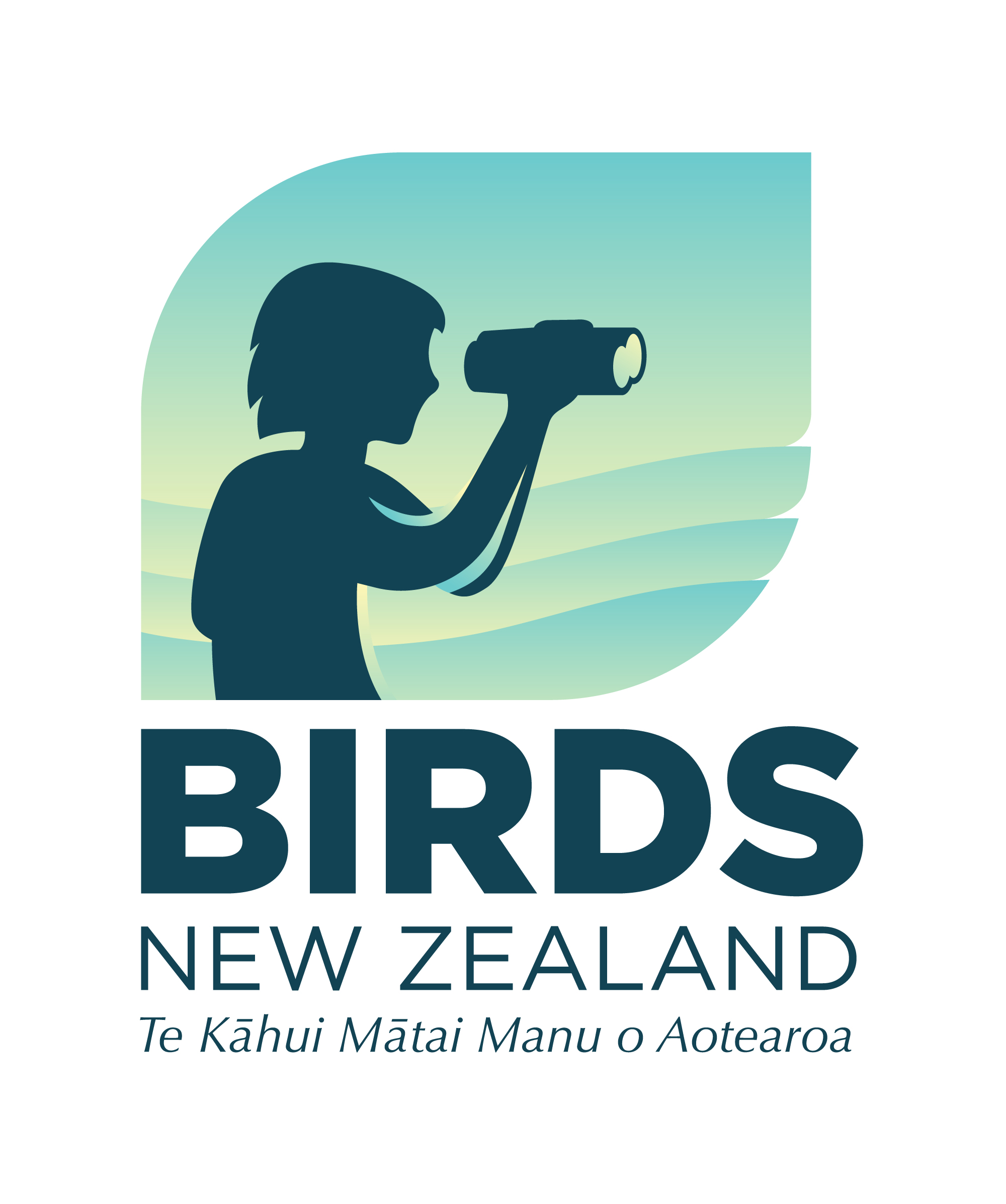Notornis, 33 (1), 37-44
Article Type: Paper
Monthly counts of New Zealand pigeons (Hemiphaga novaeseelandiae) in lakeside habitat at Lake Rotoroa (Nelson Lakes National Park) over 20 months showed that they were most abundant from June to September. Pigeons were seen to feed exclusively on fruits from February to May, but mainly on foliage from June to January, when kowhai (Sophora microphylla) leaves were the main food (96 of 126 observations). Kowhai leaf fall in October/November coincided with a marked drop in pigeon counts, which was possibly caused by birds leaving the area. Two pigeons captured while feeding in lakeside kowhai in June and August 1984 were fitted with radio transmitters. Both were initially sedentary, but they left the lakeside area in October/ November 1984 and travelled at least 2.8 km and 11 km respectively, outside the National Park, to areas of silver beech (Nothofagus menziesii) forest at over 1100 m a.s.l. One of the radio-tracked birds nested unsuccessfully at this altitude, where it fed on strawberry fungus (Cyttaria gunnii) parasitising silver beech. Both radio-tracked birds returned to the kowhai at Lake Rotoroa in 1985 (by July and September respectively). The lakeside habitat may be an important overwintering area not only for local pigeons, but also for some which breed in forests outside the National Park.
